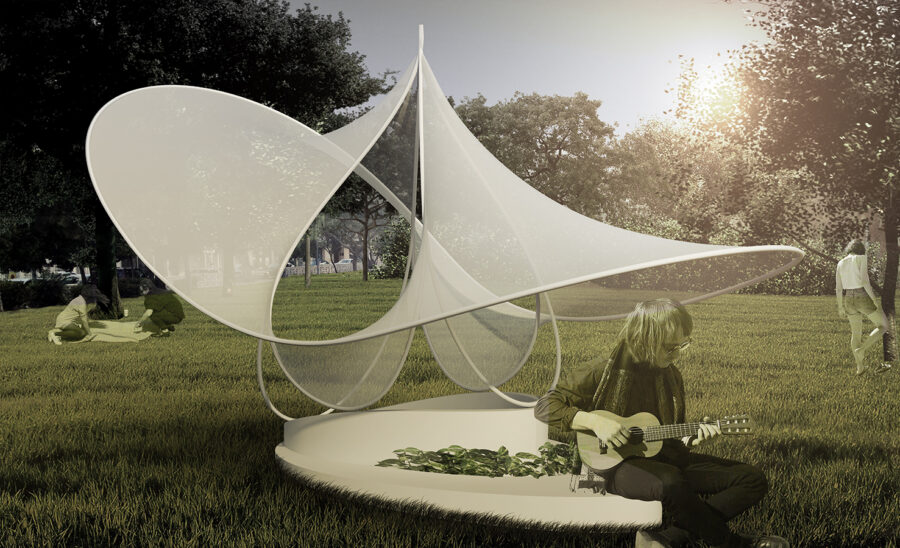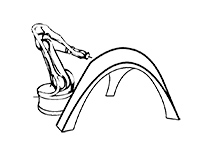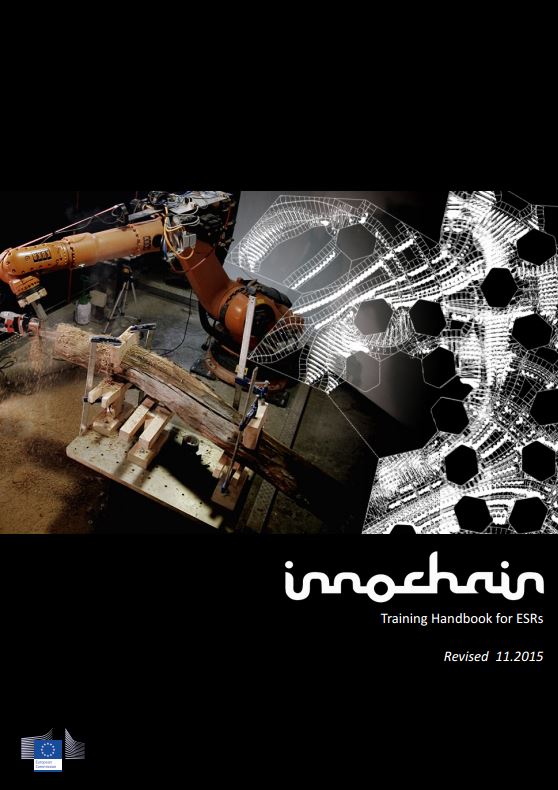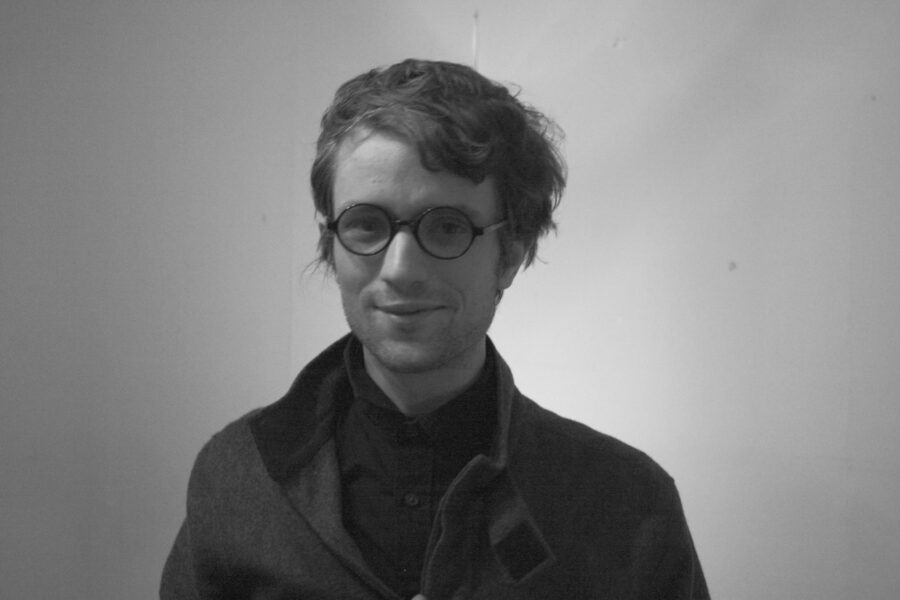News
CategoryESR01- MULTIPLE STATES OF EQUILIBRIUM FOR BENDING-ACTIVE (TENSILE) STRUCTURES
Bending-active tensile (BAT) structures introduce a recently new integrative solution into the field of lightweight architecture. This combination of bending-active elements with a tensile element generates challenges for designers due to the complexity in the necessary integrated form-finding and analysis simulations combined with the reciprocal equilibrium, as well as the high level of detail required in fabrication and erection of these form-active structures. These BAT structures remain a challenge, but current developments in CAD and CAE allow designers to engage in that complexity and generate new architectural and structural possibilities in simulating and generating geometry. The research aims to develop an integrated process interface from design to analysis for BAT structures and to explore its potential for architectural design culture.
Innochain ESR organise workshop at Smart Geometry 2016
Feb 20, 2016 – The IaaC ??Innochain? ESR Stephanie Chaltiel is organising together with ?IAAC? researcher Alexandre Dubor the Cluster “Mud Textiles & Robots” at the prestigious Smartgeometry 2016 conference in Gothenburg.
Training Handbook (Training Management Plan)
This document serves as a basic introduction to Innochain and aims to guide Innochain ESRs through the project, the collaborations and the training programme.
Arthur Prior
UCL/ ESR13 APPLIED ROBOTICS – CONTROLLED MATERIAL DEPOSITION
Arthur Prior is a Marie Curie Researcher at the Bartlett school of Architecture, London. He is currently pursuing practice-based research into hybrid manufacturing processes, employing the use of both additive and subtractive...
Dimitrie A. Stefanescu
Dimitrie is a maker of tools, architect, designer and programmer. He is finding and speculating new overlaps between the web, code and design challenges.
Zeynep Aksöz
Her ongoing research topic is “Multiple Criteria Optimization in Early Design Phase”, where she focuses on the communication and integration of interdisciplinary information such as engineering performance, energy efficiency in the earlier design phases.






